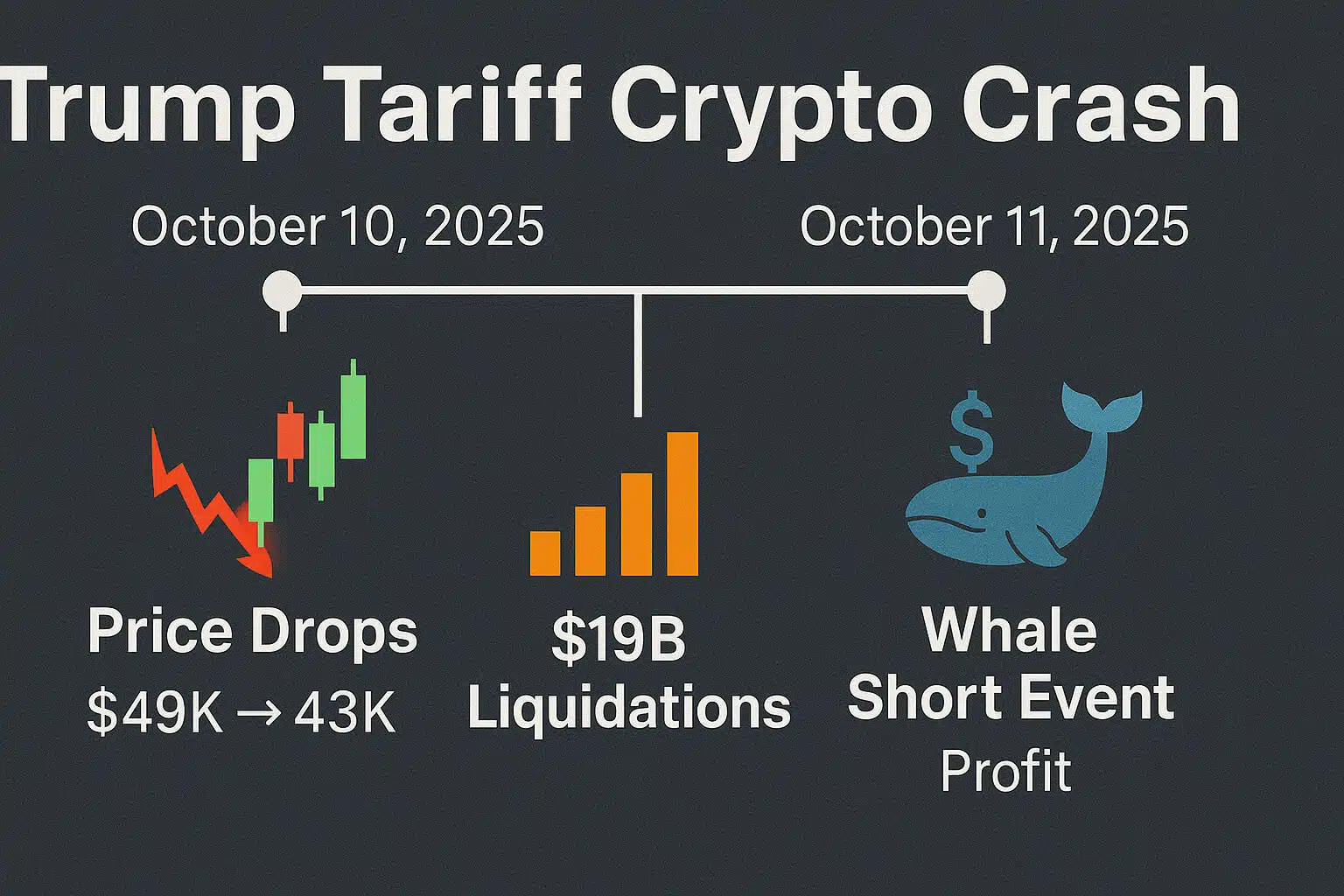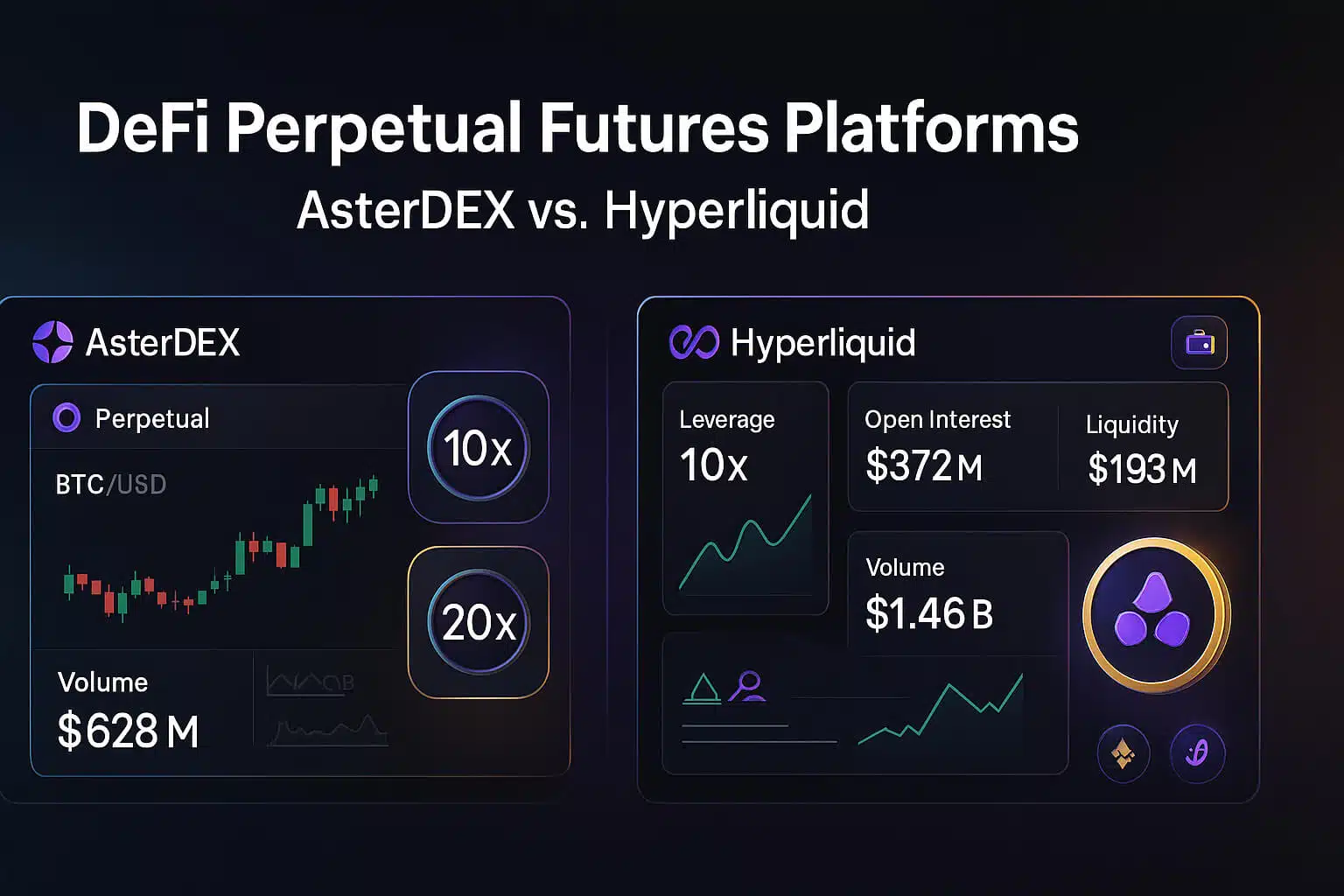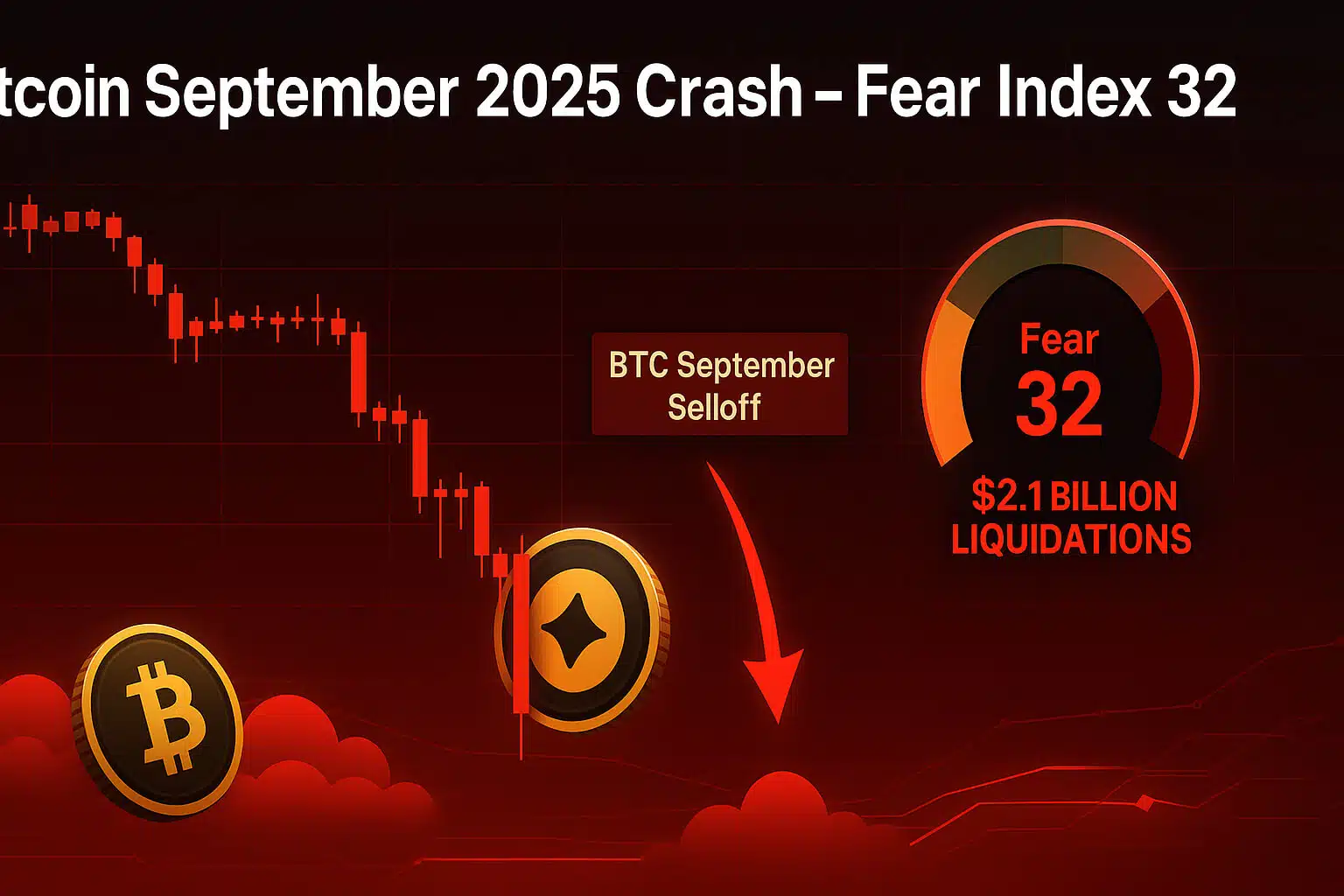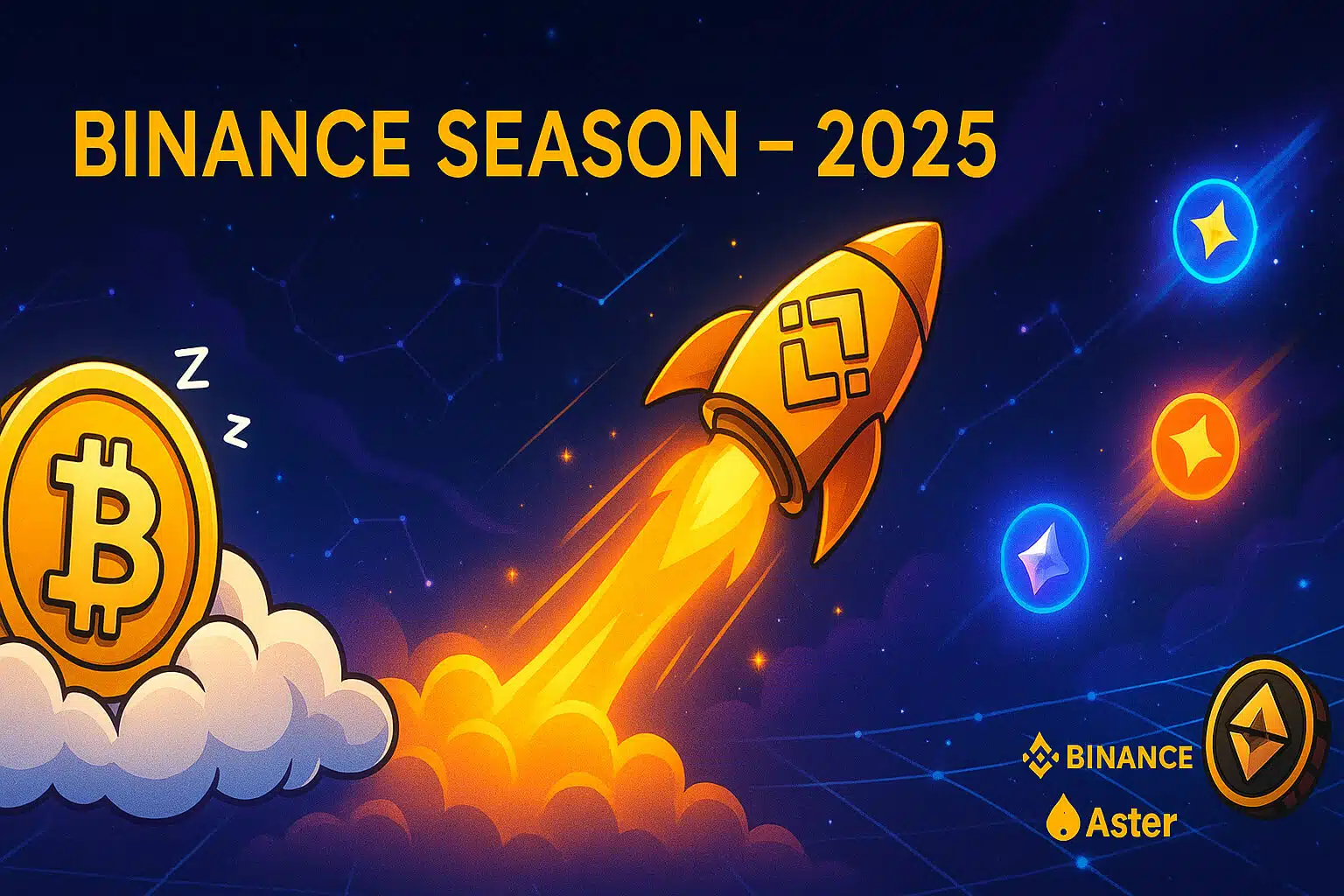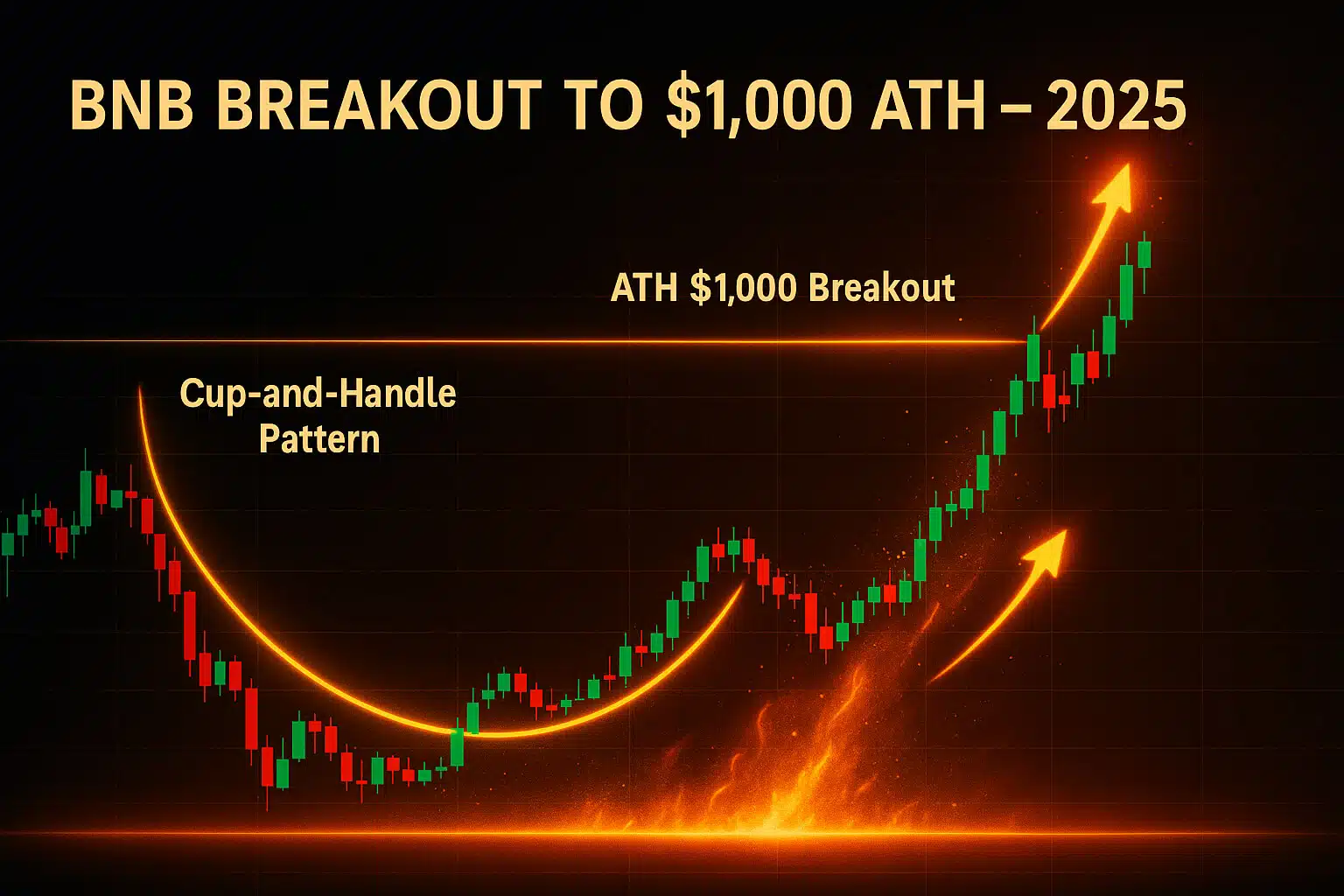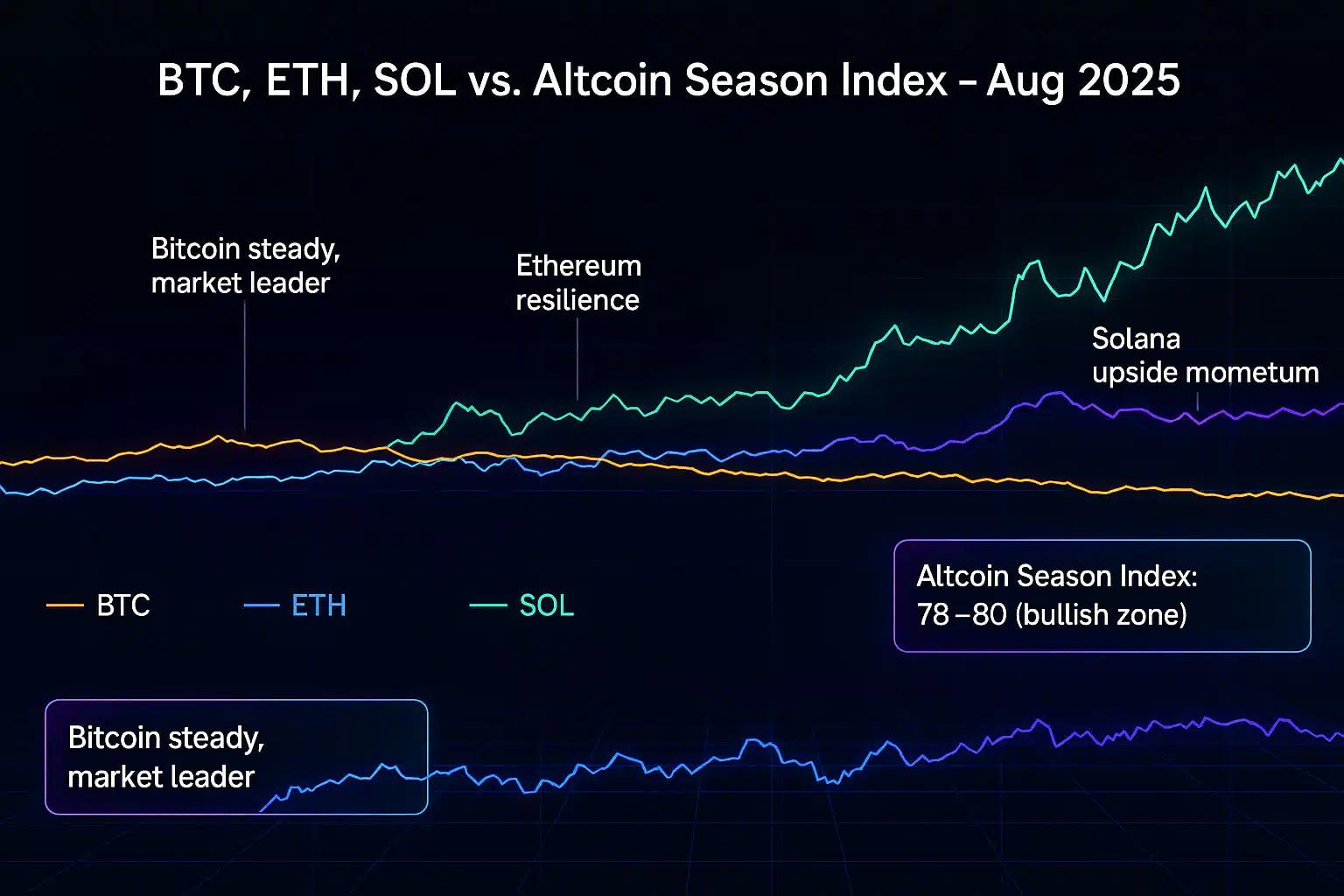1. Introduction: A New Wave of Crypto Innovation
The cryptocurrency landscape is constantly evolving, with new projects emerging every year that push the boundaries of what blockchain technology can achieve. As we look ahead to 2024, several promising new crypto projects are gaining attention for their innovative approaches to decentralization, finance, and technology. Whether you’re an investor, developer, or blockchain enthusiast, keeping an eye on these emerging projects could provide valuable insights into the future direction of the crypto world.
2. Aptos (APT): The Scalable Smart Contract Platform
Overview:
Aptos is a new blockchain platform designed to overcome the scalability issues that have plagued earlier blockchains like Ethereum. Built by a team of former Diem (Facebook’s blockchain project) developers, Aptos aims to deliver high throughput and low latency without sacrificing security or decentralization.
Key Features:
- Parallel Execution: Aptos utilizes a novel approach called Block-STM to execute transactions in parallel, significantly increasing throughput.
- Move Programming Language: The platform uses the Move programming language, which was originally developed for Diem, enabling more secure and flexible smart contracts.
- Scalability: Aptos is designed to scale to thousands of transactions per second, making it suitable for large-scale applications.
Potential Impact:
Aptos has the potential to become a leading platform for decentralized applications (dApps) that require high performance. Its focus on scalability and security could make it a strong competitor to existing smart contract platforms.

3. Sui (SUI): The Next Generation of Layer 1 Blockchain
Overview:
is a Layer 1 blockchain that aims to deliver unprecedented speed and scalability through its unique data model. Developed by Mysten Labs, Sui focuses on simplifying the process of building and running decentralized applications.
Key Features:
- Object-Centric Data Model: Sui’s data model treats everything as an object, simplifying transaction logic and reducing complexity for developers.
- Horizontal Scalability: Sui can scale horizontally by adding more nodes to the network, ensuring it can handle large volumes of transactions efficiently.
- Gas Fees Optimization: The network optimizes gas fees based on the complexity and storage needs of transactions, making it more cost-effective for users.
Potential Impact:
Sui’s innovative approach to blockchain architecture could set new standards for Layer 1 platforms. Its focus on developer-friendly tools and scalability positions it as a promising contender in the blockchain space.
4. Celestia (TIA): The Modular Blockchain Network
Overview:
Celestia is a modular blockchain network that separates consensus and data availability layers, allowing for more flexible and scalable blockchain applications. This design enables developers to build customized blockchains without the need to bootstrap their own consensus networks.
Key Features:
- Separation of Concerns: By decoupling the consensus and data availability layers, Celestia allows for specialized blockchains tailored to specific use cases.
- Interoperability: Celestia is designed to be interoperable with other blockchains, making it easier to integrate with existing networks and ecosystems.
- Scalability: The modular approach enhances scalability by allowing different blockchains to share the same consensus and data availability layers.
Potential Impact:
Celestia’s modular architecture could revolutionize how blockchains are built and operated. Its focus on interoperability and scalability makes it an attractive option for developers looking to create customized blockchain solutions.
5. Arbitrum Nova: A High-Performance Layer 2 Solution
Overview:
Nova is a Layer 2 scaling solution for Ethereum that focuses on gaming and social applications. It builds on the success of Arbitrum One by offering faster and cheaper transactions, making it ideal for high-volume, low-value use cases.
Key Features:
- Optimistic Rollups: Arbitrum Nova uses Optimistic Rollups to increase transaction throughput while reducing fees.
- Specialization for Gaming: The network is optimized for gaming and social dApps, providing a platform where microtransactions can be processed efficiently.
- Security: While being a Layer 2 solution, Arbitrum Nova inherits the security of Ethereum, ensuring that transactions are safe and secure.
Potential Impact:
Arbitrum Nova’s focus on specific use cases like gaming could make it a leading platform for developers in these sectors. Its ability to offer high performance at low cost could drive mass adoption of Layer 2 solutions in 2024.
Special Offer
Looking to invest in promising new cryptocurrencies? Sign up on Bybit today and take advantage of up to $30,000 in deposit bonuses. Don’t miss out on the opportunity to invest in the next big crypto projects.
6. LayerZero (LZ): The Interoperability Protocol
Overview:
LayerZero is an omnichain interoperability protocol designed to connect different blockchains, allowing for seamless cross-chain communication. Unlike traditional bridging solutions, LayerZero provides a unified framework for sending messages and assets across multiple networks.
Key Features:
- Omnichain Communication: LayerZero supports communication between any blockchain, enabling more complex and integrated dApps.
- Security: The protocol uses a combination of Oracle and Relayer mechanisms to ensure secure and trustless cross-chain transactions.
- Scalability: By enabling interoperability, LayerZero helps dApps scale across multiple blockchains, increasing their reach and functionality.
Potential Impact:
LayerZero’s approach to interoperability could solve one of the biggest challenges in the blockchain space—connecting disparate networks. As more projects look to operate across multiple blockchains, LayerZero could become an essential infrastructure layer in 2024.
7. StarkNet: The ZK-Rollup Powerhouse
Overview:
StarkNet is a permissionless Layer 2 network that leverages ZK-Rollups (Zero-Knowledge Rollups) to provide scalable and secure transactions on Ethereum. It’s built on the StarkEx technology developed by StarkWare, which is already used by several major DeFi platforms.
Key Features:
- ZK-Rollups: StarkNet uses ZK-Rollups to bundle multiple transactions into a single proof, reducing the load on the Ethereum network.
- Scalability: The use of ZK-Rollups enables StarkNet to achieve high throughput, making it ideal for complex DeFi applications.
- Ecosystem Growth: StarkNet has attracted a growing ecosystem of developers building decentralized applications, from DeFi to NFTs.
Potential Impact:
StarkNet’s advanced scalability features make it a promising Layer 2 solution for Ethereum, especially as demand for DeFi and NFTs continues to grow. Its use of cutting-edge cryptographic techniques could set new standards for security and efficiency in the blockchain industry.
2024 is shaping up to be a year of significant innovation in the cryptocurrency space, with new projects like Aptos, Sui, Celestia, and others pushing the boundaries of what’s possible with blockchain technology. These emerging platforms are addressing critical issues such as scalability, interoperability, and security, laying the groundwork for the next wave of decentralized applications. Whether you’re an investor, developer, or blockchain enthusiast, these promising new crypto projects are worth keeping an eye on as they have the potential to shape the future of the digital economy.
Stay Updated
For the latest updates on emerging crypto projects and other transformative technologies, follow us on:
Stay informed with the latest strategies and insights in the world of cryptocurrency at FreeCoins24.io.





